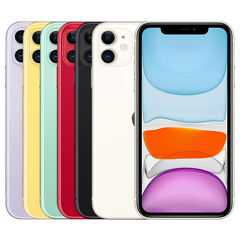Wisp Nola Blog
Buy Refurbished Tech for Christmas: Save Money and the Planet
December 8, 2023
How to Get Your Tech Ready for a Hurricane
September 1, 2023
Getting Tech Ready for Back to School
August 7, 2023
What to do if you lose your cellphone.
June 9, 2023
Traveling Safely with your devices
April 20, 2023
Benefits of Repairing Devices Over Replacing Them
April 11, 2023













